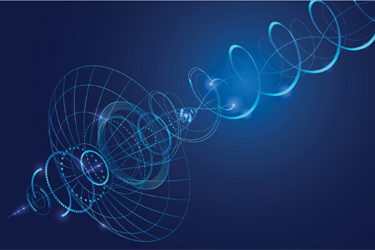How Pulse Forming Networks Shape High Energy Pulses

Pulse Forming Networks (PFNs) are critical components in technologies requiring precise, high-energy pulse delivery, including radar systems, pulsed lasers, particle accelerators, advanced medical imaging, and electromagnetic pulse generation. Unlike direct capacitor discharge, which produces a decaying exponential waveform, PFNs generate controlled, flat-top pulses with consistent voltage output. This level of precision is essential for uniform energy transfer and system efficiency.
PFNs function by simulating a transmission line using lumped elements—specifically, high-voltage capacitors and inductors. This allows them to produce shaped pulses in a more compact form than an actual transmission line, which becomes impractical for pulse widths over 100 nanoseconds. A commonly used PFN topology is the Type E Guillemin network, which can be tailored to meet specific pulse width, impedance, and energy delivery needs.
Capacitors play a pivotal role in PFN performance. Ideal PFN capacitors must have a high voltage rating to withstand intense electric fields, low Equivalent Series Resistance (ESR) to minimize energy loss, and fast discharge characteristics to support sharp, controlled pulse shapes. High energy density is also essential to provide maximum storage in limited space. Additional design factors include matching load impedance, ensuring thermal and mechanical stability, and optimizing for the expected pulse duration.
Knowles offers a variety of capacitors specifically engineered for PFNs and other pulsed power systems. With high reliability and performance under extreme conditions, these components are designed to meet the stringent demands of precision pulse delivery in cutting-edge applications.
Get unlimited access to:
Enter your credentials below to log in. Not yet a member of RF Globalnet? Subscribe today.
